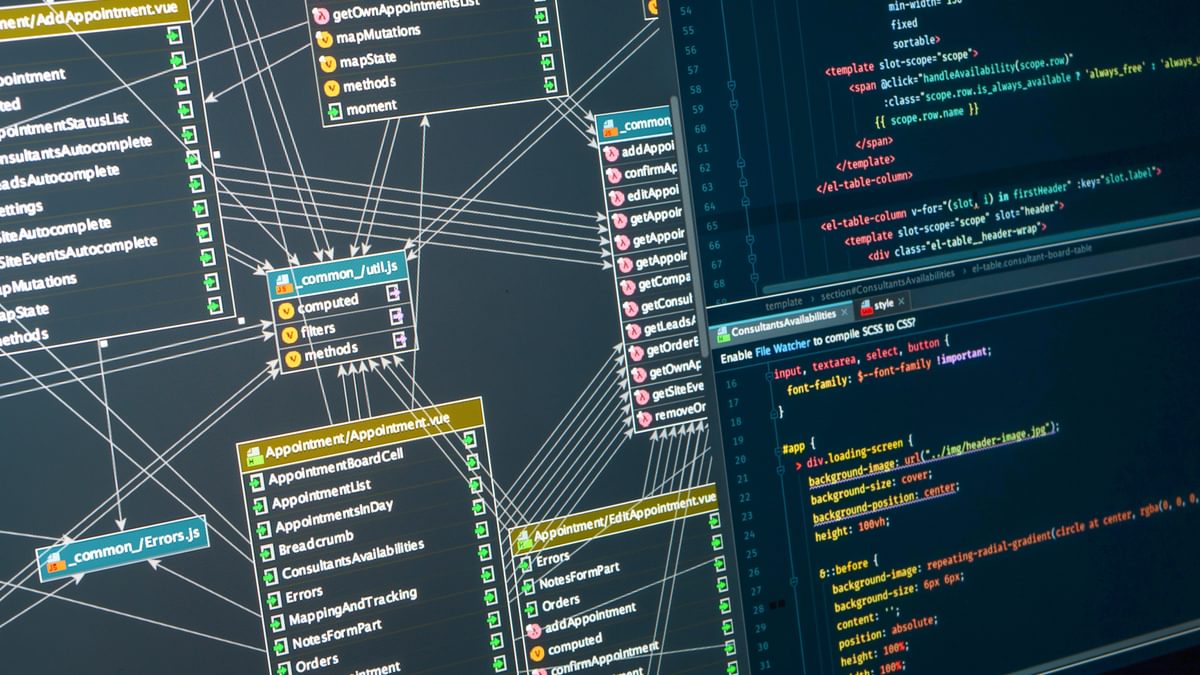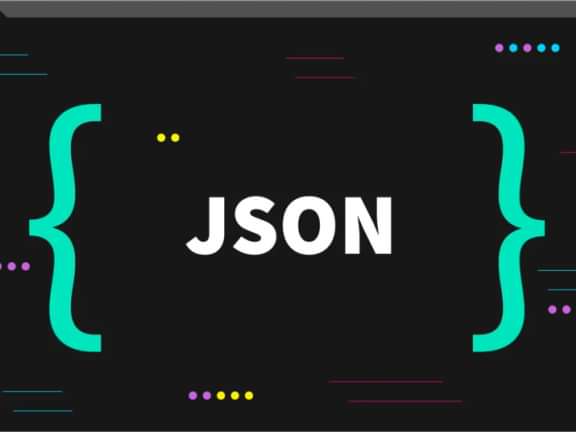Craft CMS Session Management
Advanced topics for advanced systems!

Session Storage for Complex Craft CMS Applications
Craft CMS is a powerful content management system that allows developers to create highly customizable websites and applications. One important aspect of any web application is session management, which is the ability to maintain user data across requests. By default, Craft CMS stores sessions in PHP's default session storage, which is stored in a file on the server's filesystem. However, there are other options available for session storage, such as storing sessions in a database or using a memory caching system like Redis. In this blog post, we will explore the benefits of storing Craft CMS sessions in the database or Redis, and why it may be necessary to do so in certain scenarios.
Database Sessions
Storing Craft CMS sessions in a database has several benefits over using the default file-based storage.
Firstly, storing sessions in a database allows for easier management of session data. With file-based session storage, it can be difficult to track down a specific session file, especially when dealing with a large number of concurrent users. By contrast, with a database, session data can be easily queried and manipulated using SQL commands. This can be particularly useful for troubleshooting and debugging issues related to session data.
Another advantage of using database session storage is that it can be more secure than file-based storage. With file-based session storage, session data is stored in a file on the server's filesystem, which can potentially be accessed by other users on the same server. By storing session data in a database, this risk is greatly reduced, as access to the database can be tightly controlled using permissions and firewalls.
To set up database session storage in Craft CMS, we need to modify the session configuration in the config/app.php file. Here's an example configuration that uses a MySQL database for session storage:
return [
'components' => [
'session' => [
'class' => yii\web\DbSession::class,
'as session' => craft\behaviors\SessionBehavior::class,
'sessionTable' => '{{%phpsessions}}'
],
],
];This code block sets up database session storage in Craft CMS by configuring Yii's DbSession component.
The DbSession component is responsible for storing session data in a database. It does this by creating a new row in the specified database table for each session, and storing the session ID, expiration time, and session data in separate columns.
Here's a breakdown of the configuration options in this code block:
class: The fully-qualified class name of theDbSessioncomponent.as session: A Yii behavior that allows Craft CMS to interact with theDbSessioncomponent. This behavior is defined in theSessionBehaviorclass, which is part of the Craft CMS core code.sessionTable: The name of the database table where session data will be stored. In this example, the table is named{{%phpsessions}}, which is a Yii-specific syntax for using table prefixes.
By default, Craft CMS stores session data in a table named craft_sessions. However, this configuration overrides that default behavior and specifies a different table name.
To set up the table we'll need to run the command:
./craft set-up/php-session-table
Using Redis for Session Storage
Using Redis for session storage can offer several benefits over using a database or file-based storage.
One key advantage of using Redis for session storage is speed. Redis is an in-memory caching system that is designed to be lightning-fast, which can make it an ideal choice for applications that require high performance, such as e-commerce websites or real-time chat applications. By storing session data in Redis, developers can reduce the amount of time it takes to retrieve and write session data, which can help to improve overall application performance.
Another advantage of using Redis for session storage is scalability. Redis is designed to be highly scalable, which means that it can handle large amounts of traffic and data without suffering from performance issues. This can be particularly important for applications that need to be able to handle sudden spikes in traffic, such as during a flash sale or major event.
To set up Redis session storage in Craft CMS, we need to install the Redis PHP extension and modify the session configuration in the config/app.php file. Here's an example configuration that uses Redis for session storage:
return [
'components' => [
'redis' => [
'class' => yii\redis\Connection::class,
'hostname' => getenv('REDIS_HOST'),
'port' => getenv('REDIS_PORT'),
'password' => getenv('REDIS_PASSWORD'),
],
'cache' => [
'class' => yii\redis\Cache::class,
'defaultDuration' => 86400,
'keyPrefix' => getenv('REDIS_KEY_PREFIX'),
],
],
];This code block sets up Redis session storage in Craft CMS by configuring Yii's Connection and Cache components to use Redis.
The Connection component is responsible for establishing a connection to the Redis server and providing methods for interacting with Redis data structures, while the Cache component provides a way to store and retrieve data from the Redis cache.
Here's a breakdown of the configuration options in this code block:
class: The fully-qualified class name of theConnectionorCachecomponent.hostname: The hostname or IP address of the Redis server.port: The port number used to connect to the Redis server.password: The password used to authenticate with the Redis server (if applicable).defaultDuration: The default expiration time for cached items, in seconds.keyPrefix: A prefix to add to all Redis keys used by theCachecomponent. This can be useful for avoiding naming conflicts with other Redis data structures.
One thing to note is that this code block assumes that you have set environment variables for the Redis connection details, such as REDIS_HOST, REDIS_PORT, and REDIS_PASSWORD. If you prefer, you can replace these environment variables with hard-coded values in the configuration file. However, using environment variables can be a more secure and flexible way to manage configuration details, especially when working with multiple environments (such as development, staging, and production).
In Conclusion
In conclusion, Craft CMS provides several options for session storage, including file-based storage, database storage, and Redis storage. While file-based storage is the default option and is suitable for many applications, there are several benefits to using database or Redis storage instead. Database storage can offer easier management of session data and increased security, while Redis storage can provide lightning-fast performance and scalability. Both options can be configured easily in Craft CMS by modifying the session configuration in the config/general.php or config/app.php file, depending on the chosen storage option. By carefully considering the needs of your application and selecting the appropriate session storage option, you can ensure that your Craft CMS application runs smoothly and securely, with optimal performance and scalability.
Continue reading.
The Element API plugin is a very powerful tool that you can use for quickly exposing your data structures to an external source.
Read moreA brief introduction to consensus mechanisms and why proof of stake is the right move for Ethereum.
Read moreLet's chat about your project
Portland, OR 97215



